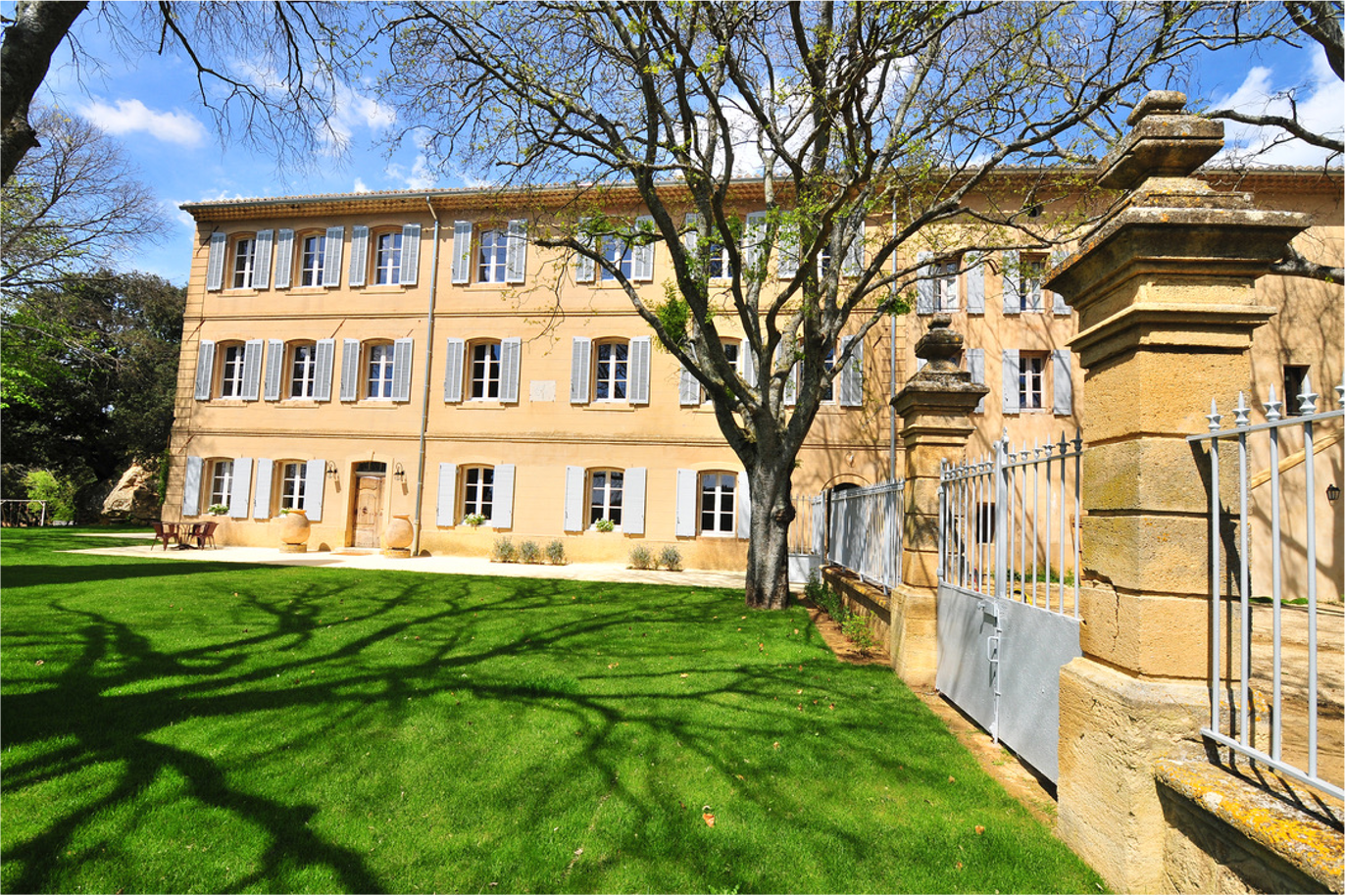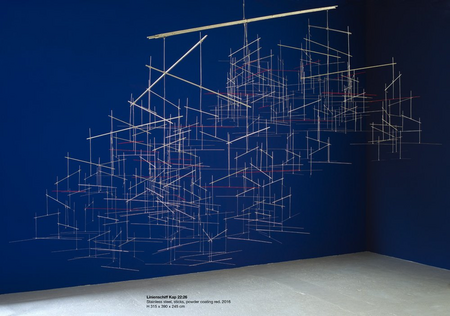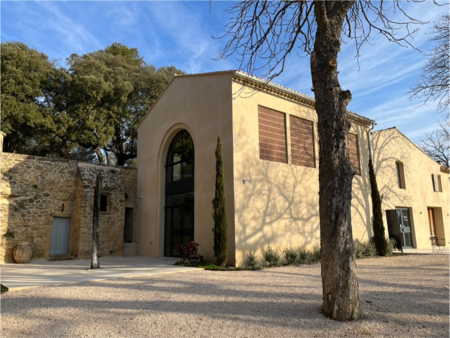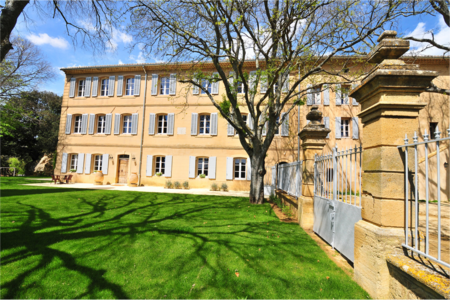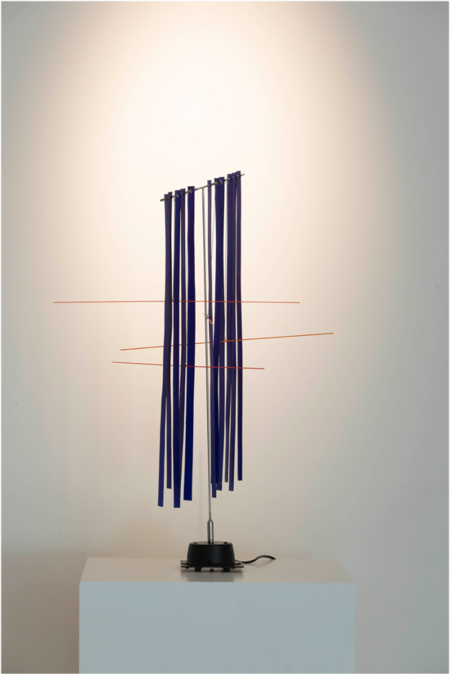Bewegliche Skulpturen: Die Faszination kinetischer Kunst
Die jüngste Ausgabe des sculpture network Online Club stand ganz unter dem Zeichen der kreativen Freiheit und der Faszination für kinetische Kunst. Am 7. November 2022 kamen 59 Mitglieder zusammen, um ihre Expertise zum Thema bewegliche Skulpturen und die künstlerische Annäherung an diese spielerische Art, Kunstwerke zu schaffen, zu vertiefen. Zunächst stellte Christian Le Dorze, Sammler abstrakter und kinetischer Kunst, sein aktuelles Projekt – MOUVEMENT: Hommage à Denise René – das im Bonisson Art Center zu sehen ist, vor. Danach sprach Knopp Ferro, Mitglied des Online Club und ein Künstler, der Skulpturen aus sich kontinuierlich bewegenden Linien schafft.
Christian Le Dorze begann mit einer kurzen, aber bemerkenswerten Geschichte über die Gründung des Bonisson Art Center, mit welcher er der Welt seine "Sammelleidenschaft" näherbringen wollte. Seine Unvoreingenommenheit bei der Auswahl von Kunstwerken für seine Sammlung und sein beständiger „Wunsch etwas an die Gemeinschaft zu geben“ wurden im Januar 2021 in den ehemaligen Weinkellern des Château Bonisson in der Provence umgesetzt. Mit freiem Zugang für Besucher*innen und bis zu vier kuratierten Projekten pro Jahr avancierte das Zentrum zu einem beliebten Ort der Kunst für ein sehr diverses Publikum ebenso wie für sehr diverse zeitgenössische Künstler*innen, alle von der Leidenschaft angetrieben, mit den unterschiedlichsten Ansätzen des plastischen Schaffens zu experimentieren.
Christian Le Dorze, der seine Sammlertätigkeit vor einiger Zeit mit Malerei begann und sich später auf die kinetische Kunst verlegte, betont, dass die Begegnungen mit den Künstler*innen und der Kunstszene sein Interesse an der Gegenwartskunst nur verstärkt hätten. Im Hinblick auf das aktuelle Projekt MOUVEMENT – die 6. Ausstellung des Zentrums – erläutert Christian Le Dorze, dass seine persönliche Bekanntschaft mit der verstorbenen Pionierin der Pariser Galerienwelt, Denise René, einer der Beweggründe für die Kuratierung dieser Hommage war.
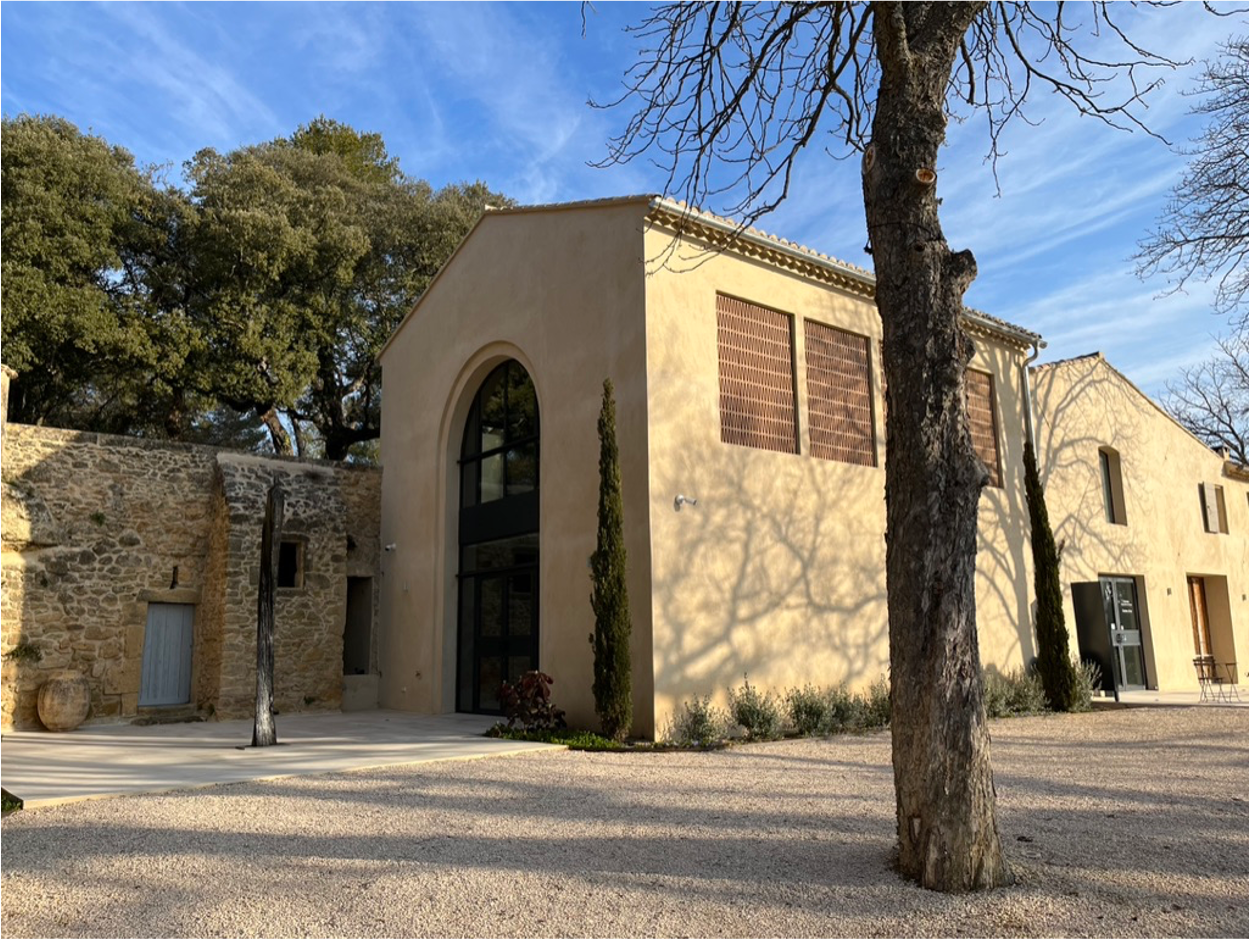
Die Karriere von Denise René ist ein hervorragendes Beispiel für ein engagiertes Wirken im Bereich der geometrischen Abstraktion und kinetischen Kunst, verbunden mit der ambitionierten Absicht, diese Kunstrichtung international zu fördern. Denise René etablierte 1955 mit der wegweisenden Ausstellung The Movement die kinetische Kunst als eine Kunstform, „die die Begriffe Raum, Dynamik und Geschwindigkeit in sich vereint“. Mit Kunstwerken von Victor Vasarely, Alexander Calder, Marcel Duchamp, Jean Tinguely, Yacoov Agam, Pol Bury und Jesús Rafael Soto ermöglichte The Movement einen tiefen Einblick in die kinetische Kunst. In ihrem Spiel mit der Instabilität der Realität und der individuellen Wahrnehmung des Betrachters, hat die kinetische Kunst eine neue abstrakte Ästhetik der Bewegung geschaffen. So können selbst minimalste Bewegungen, wie zum Beispiel ein „Lufthauch“, diese Kunstwerke zum Leben erwecken.
Die aktuelle Ausstellung MOUVEMENT im Bonisson Art Center ist nicht nur eine Hommage an die ursprüngliche Ausstellung in der Galerie Denise René der 1950er Jahre, sondern auch ein weiteres Beispiel für die Wiederbelebung der kinetischen Kunst. Die Ausstellung wurde gemeinsam mit Denis Kilian, Direktor der Galerie und Neffe von Denise René, kuratiert. Die zugrunde liegende Idee war nicht nur, die Anfänge der kinetischen Kunst mit Werken aus den 1940er und 1950er Jahren zu zeigen, sondern auch einen echten Dialog zwischen den Pionieren und den modernen zeitgenössischen Künstler*innen im selben kinetischen Universum herzustellen.
MOUVEMENT: Hommage à Denise René verblüfft mit seinen vielfältigen Formen der Transformation, die durch Luft, Licht und Motoren erzeugt werden. Auch wenn einer der wesentlichen Vorteile der kinetischen Kunst in der Verwendung neuer innovativer Materialien und Techniken liegt, sollten wir die Einwirkung des Betrachtenden und die Bedeutung der „natürlichen Bewegung“ nicht außer Acht lassen.
Die aktuelle Ausstellung vereint mehr als 60 Kunstwerke von 42 herausragenden Künstler*innen aus aller Welt. Es ist bemerkenswert, wie jeder von ihnen seinen eigenen persönlichen Zugang und seine ganz eigenen künstlerischen Mittel einsetzt, um „die Sensation der Bewegung spürbar zu machen“.
Auch wenn die kinetische Kunst Europa und Südamerika gleichermaßen in ihren Bann gezogen hat, hat sie doch mit einigen geografischen Schwierigkeiten zu kämpfen. Es ist allgemein bekannt, dass in der zweiten Hälfte des 20. Jahrhunderts in den USA die Pop Art dominierte, eine Tatsache, die sich nachteilig auf die ersten Gehversuche der kinetischen Kunst in Nordamerika auswirkte. Die von Denise René gezeigte Ausstellung wurde von der Kunstwelt nicht unterstützt und sah sich bedauerlicherweise mit harter Kritik von Fachleuten und Medien konfrontiert. Diese historische Schieflage besteht bis heute.
Nachfolgend finden Sie Kurzdarstellungen zu einigen der Bildhauer*innen, deren Werke in der Ausstellung MOUVEMENT: Hommage à Denise René zu sehen waren.
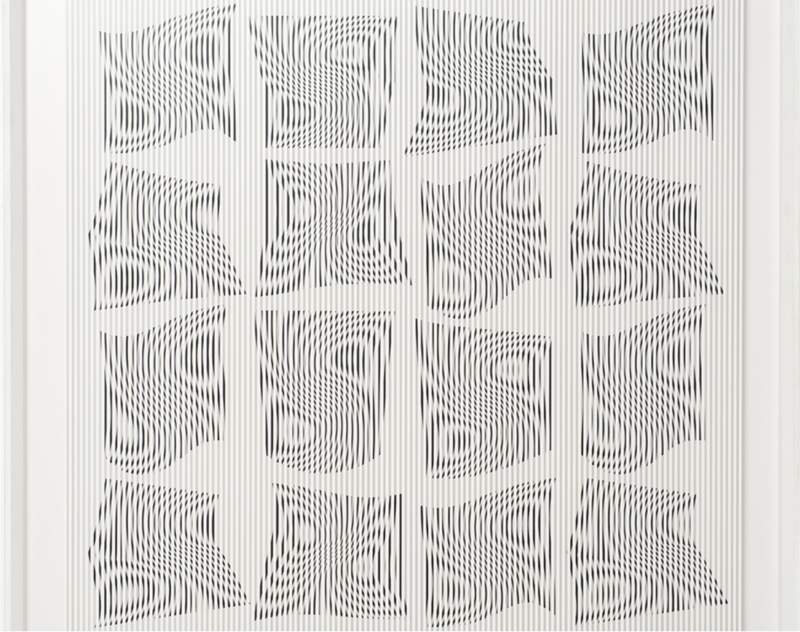
Alberto Biasi (geboren 1937) ist ein italienischer Künstler, dessen Werke „die physische und visuelle Wahrnehmung fordert, um somit die Grenzen zwischen dem Kunstwerk und dem Betrachtenden aufzulösen“. Seine Werke scheinen durch minimale Vibrationen zu entstehen, die in Wirklichkeit optische Täuschungen sind. Dieser Effekt, diese visuelle Täuschung, führt dazu, dass der Betrachtende nicht in der Lage ist, die visuelle Form unmittelbar zu verstehen oder abzugrenzen. Alberto Biasi stellt den Betrachtenden vor eine Herausforderung mit seinen schwindelerregenden Formen, die er mit Hilfe von Farbe und Licht und unter Verwendung der verschiedensten Materialien erzeugt. Die in der Ausstellung gezeigte Arbeit besteht aus verzerrten geometrischen Formen, die sich durch die Bewegung des Betrachtenden ständig verändern.
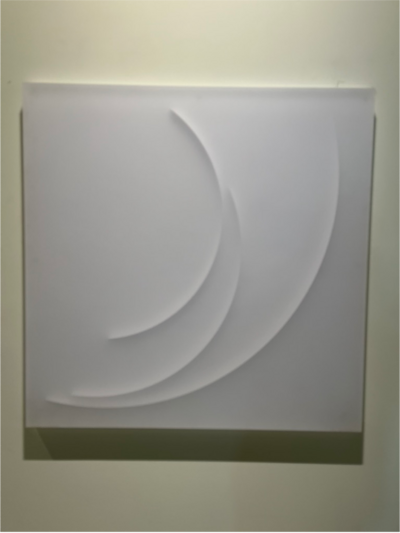
Light drawing, incised plexiglass,
aluminic back, 110 x 110 x 4.5 cm
Anne Blanchet (geboren 1950) ist eine talentierte Vertreterin der zeitgenössischen Kunst, die mit Licht, Raum und Bewegung arbeitet. Am Anfang ihres künstlerischen Werdegangs waren ihre Arbeiten vom amerikanischen Minimalismus und im Besonderen von Werken mit Räumlichkeit und Licht inspiriert. Sie beginnt ihre Karriere mit monumentalen Installationen, entdeckt dann das Licht als eigenständiges künstlerisches Mittel und konzentriert sich seit 1994 auf das, was sie "Light Drawings" (Lichtzeichnungen) nennt. Anne Blanchet führt den Betrachter in die "völlig weiße, unbekannte und stille" Welt des Kunstwerks. Indem sie die leuchtenden Gebilde in die Plexiglasscheiben setzt, schafft sie einfache, aber zugleich ungewöhnliche geometrische Formen in unterschiedlichen Anordnungen, die es dem Betrachtenden ermöglichen, mit seiner Wahrnehmung zu spielen. Das in der Ausstellung gezeigte Werk ist eines der beeindruckendsten Beispiele für diese Synthese aus Licht, Bewegung und Raum.
Bei der Betrachtung der Kunstwerke sollten wir uns nun auf unseren zweiten Sprecher konzentrieren, dessen Arbeiten sich ebenfalls in der Ausstellung MOUVEMENT: Hommage à Denise René finden.
Knopp Ferro, ein Meister der fließenden Linien, sprach über seinen eigenen künstlerischen Weg und über die Ereignisse in der Kunst, die einen bedeutenden Einfluss auf seine Arbeit hatten. Als er in den 1960er Jahren in Köln mit seinem Studium als Bildhauer und Performancekünstler begann, war Knopp Ferro stark von der "äußerst anarchistischen" Fluxusbewegung fasziniert. Die Erfahrung mit dem wohl prägendsten Einfluss auf seine künstlerische Laufbahn, so Ferro, war jedoch die Entwicklung einer Fotografie, ein Vorgang, den er als Kind zusammen mit seinem Vater erlebt hatte.
„Diese Verwandlung wurde zu einer grundlegenden Erfahrung für meine Arbeit als Künstler. Deshalb werde ich sie nie vergessen“.
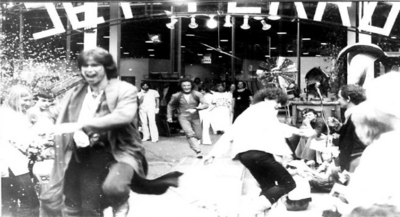
In seinen Anfangszeiten als Künstler wurde Knopp Ferro Teil einer Gruppe namens Jet Ferro. Diese protestierte aktiv gegen Kommerz und die Kunstwelt und versuchte, ihren Weg mit Punkmusik und dem Tragen von kreativer Mode zu machen. Kontrovers war, dass die Kunstwelt dieses rebellische Verhalten liebte. Die Gruppe wurde sogar eingeladen auf der Art 8 Basel, 1977, aufzutreten.
Als er später in die Schweiz zog und sich dem Performance-Theater Bumper to Bumper anschloss, fing Ferro an, den Körper als Instrument zu benutzen und dabei mit Rhythmus und Tempo zu arbeiten. Nachdem er mit Kunststoffen und Körpersprache experimentiert hatte, kehrte er zur Materialkunst zurück und begann, Skulpturen und abstrakte Skizzen zu schaffen, die er mit Musik verglich.
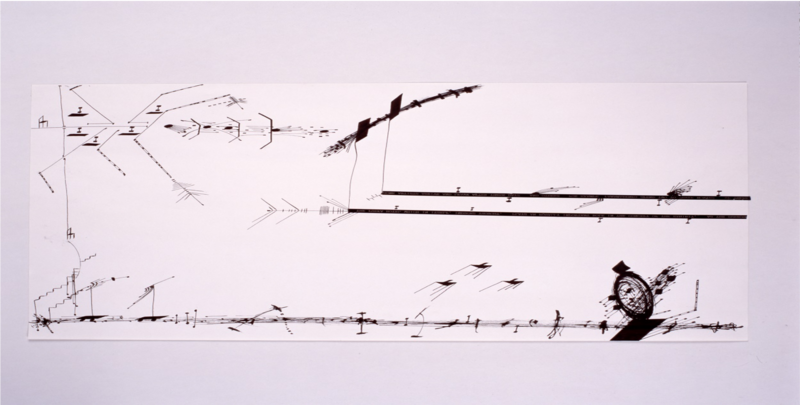
Obwohl sein Schwerpunkt auf der Bildhauerei liegt, beschäftigt sich Ferro auch mit anderen Formaten und Materialien. Seit den 1990er Jahren entstehen Videoinstallationen und Performances, in denen er verschiedene Formate und Arbeitstechniken kombiniert. Sein aktueller Ansatz ist die Arbeit mit winzigen Metallstreifen oder -stäben aus denen er künstlerische Installationen schafft. Diese Skulpturen werden an der Decke oder an einer Wand installiert und erzeugen natürliche Bewegungen, die auf die Umgebung reagieren und je nach Blickwinkel des Betrachtenden ihre Form und Gestalt verändern.
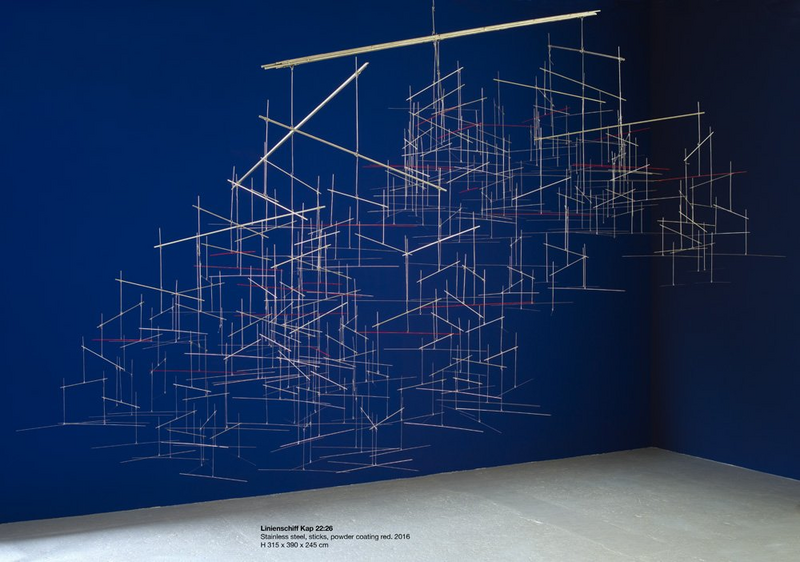
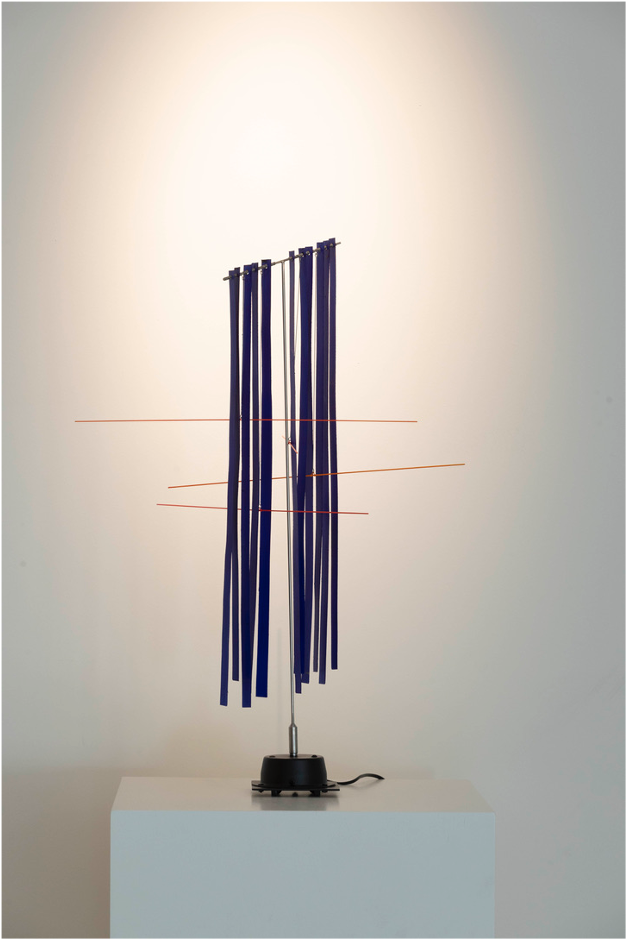
Eines seiner letzten Werke Blue poetry 16:56, 2021 wird derzeit in der Ausstellung im Bonisson Art Center gezeigt. Unser erster Redner, Christian Le Dorze, bezeichnet Knopp Ferro als einen Künstler, dessen Werke „von Leichtigkeit und Poesie geprägt sind, eine schwebende Welt“.
Ausführliche Informationen zur Ausstellung MOUVEMENT: Hommage à Denise René, das Bonisson Art Center, sowie über Knopp Ferro und seine Kunstwerke finden Sie unter folgenden Links:
https://www.bonisson.com/bonisson-art-center/mouvement/
https://www.kferro.com/en
Autorin: Victoria Davidyan
Kunsthistorikerin
